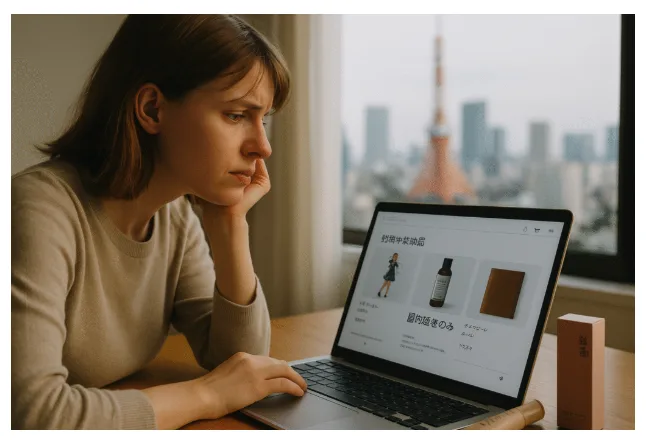Tebori vs Wabori: Understanding the Techniques Behind Horimono Tattoo Art
Tattoos can mark a turning point, record a story, or exist as pure art on skin. Japanese work has its own gravity. Horimono, the full-body approach, weaves myth and folklore into designs that flow from shoulder to thigh in sweeping patterns that move as you move. The way these tattoos are applied is distinctive too, with Tebori vs Wabori marking the difference between a traditional hand-tapped method and the faster buzz of a machine. For a deeper primer on Tebori vs Wabori and how each shapes the final look, read on.
Symbols in Japanese tattooing
Japanese body suits featuring dragons, koi, tigers, peonies, chrysanthemums, wind bars, waves, and maple leaves are never casual choices. Each motif carries history and meaning. A koi swimming upstream often symbolises persistence and personal grit, while a dragon speaks to wisdom and protection. Backgrounds are not filler; clouds, water, and wind unify the piece so it reads as one artwork rather than separate images. The aim is harmony with the body’s lines, so the design flows naturally across back, chest, and limbs.
Artists continue to draw from Edo-period woodblock prints and stories of legendary figures. Because of that link to classical art, a Horimono body suit rarely feels static. It resembles a single, living composition that just happens to move with you.
Tebori vs Wabori explained
When most people picture Horimono, it is the scale that stands out first. Yet the way the ink is placed defines the tattoo just as much.
Tebori means “to carve by hand.” The artist uses a handle fitted with a bundle of needles, then taps pigment into the skin with precise, rhythmic movements. Progress is slower than machine work, but many clients describe the sensation as less sharp, more like sustained pressure. Tebori can produce whisper-soft gradients, supple colour transitions, and a subtle surface texture that some collectors seek out.
Wabori applies traditional Japanese motifs using a machine. Outlines, colour packing, and large fills can be completed more quickly, and the consistency of machine speed helps deliver crisp lines and bold fields of colour. The trade-off is the audible hum, which some people find less meditative than the quiet tap of hand work.
From first tap to final buzz
A large Horimono is never a quick project. It grows with you over months. Tebori often means shorter sittings and a gradual build of colour and shade, which can suit those who prefer a measured pace. Wabori usually allows longer sessions that cover more ground in a day, helpful if your schedule favours fewer appointments.
Healing for both methods follows the same good habits: gentle cleansing, a light layer of aftercare ointment if recommended, breathable clothing, and patience while the skin settles. Long-term care matters too. Moisturiser, sun protection, and sensible training or swim schedules during healing will keep colours and blacks looking their best.
Method and outcome
Technique is not a footnote in Japanese tattooing. It shapes how the finished piece looks, ages, and feels. Hand-tapped work carries the rhythm of each placement. Up close, you may notice unique micro-textures in shaded areas and a softness in tonal shifts. Machine work offers unwavering line weight, punchy saturation, and dependable coverage across large zones.
Many artists blend both methods. A common approach is machine for outlines and strong colour fields, then Tebori for soft shading, sensitive transitions, or specific colour layering. Think of pottery: a hand-thrown vessel carries the potter’s touch; a moulded piece offers clean uniformity. Neither is lesser. Each bears the trace of how it was made, which is why Tebori vs Wabori remains a central conversation among Japanese tattoo collectors.
Which technique suits you
Your choice comes down to the experience you want, your timeline, and how you want the piece to read from a distance and up close.
- If you prefer a slower build and softer finish, Tebori may suit you, especially for subtle backgrounds, gentle grey tones, and nuanced colour blending.
- If your schedule requires fewer sittings and faster coverage, Wabori may feel more practical, particularly for large outlines and heavy colour packing.
- If you are building a body suit, consider a hybrid plan. Outlines by machine, then Tebori for key passages can deliver both precision and softness.
Skin type can also guide the decision. Areas with scar tissue, delicate skin, or tricky curvature may benefit from the control Tebori affords. Dense muscle groups and broad planes can favour the speed of machine work.
Choosing an artist
Whichever path you take, the craft of the artist matters more than the tool. Look for flow that respects anatomy, backgrounds that unify rather than crowd, and motifs placed with intention. Ask to see healed photos, not only fresh work. Healed lines, smooth shading, and balanced colour say more about skill than a single studio-lit picture. If possible, watch a session. You will learn a lot about hygiene, setup, and the pace you can expect.
If you are in Sydney, speak with a studio experienced in full Japanese compositions. Discuss how the design will wrap across shoulders, hips, and joints, and how the background will tie separate panels together. A clear plan at the start saves time later and keeps the story coherent as the work expands.
Aftercare and longevity
Great tattoos are made in the chair, then kept great by the owner. Follow your artist’s aftercare instructions. Avoid soaking during the first phase of healing, wear soft fabrics, keep the area clean, and do not pick. Over the long term, sunscreen and hydration protect pigments from fading. Annual check-ins for small touch-ups can keep details sharp and backgrounds even.
The final word
Whether you choose the quiet discipline of Tebori or the efficient precision of Wabori, the tradition of Horimono remains the constant. Your motifs, your background, and the way the ink is placed all tell one connected story. Take your time, speak with artists, and choose the method that matches your vision and your life. In the end, your tattoo should feel like it was always meant to be there, moving with you, and carrying your story forward.




